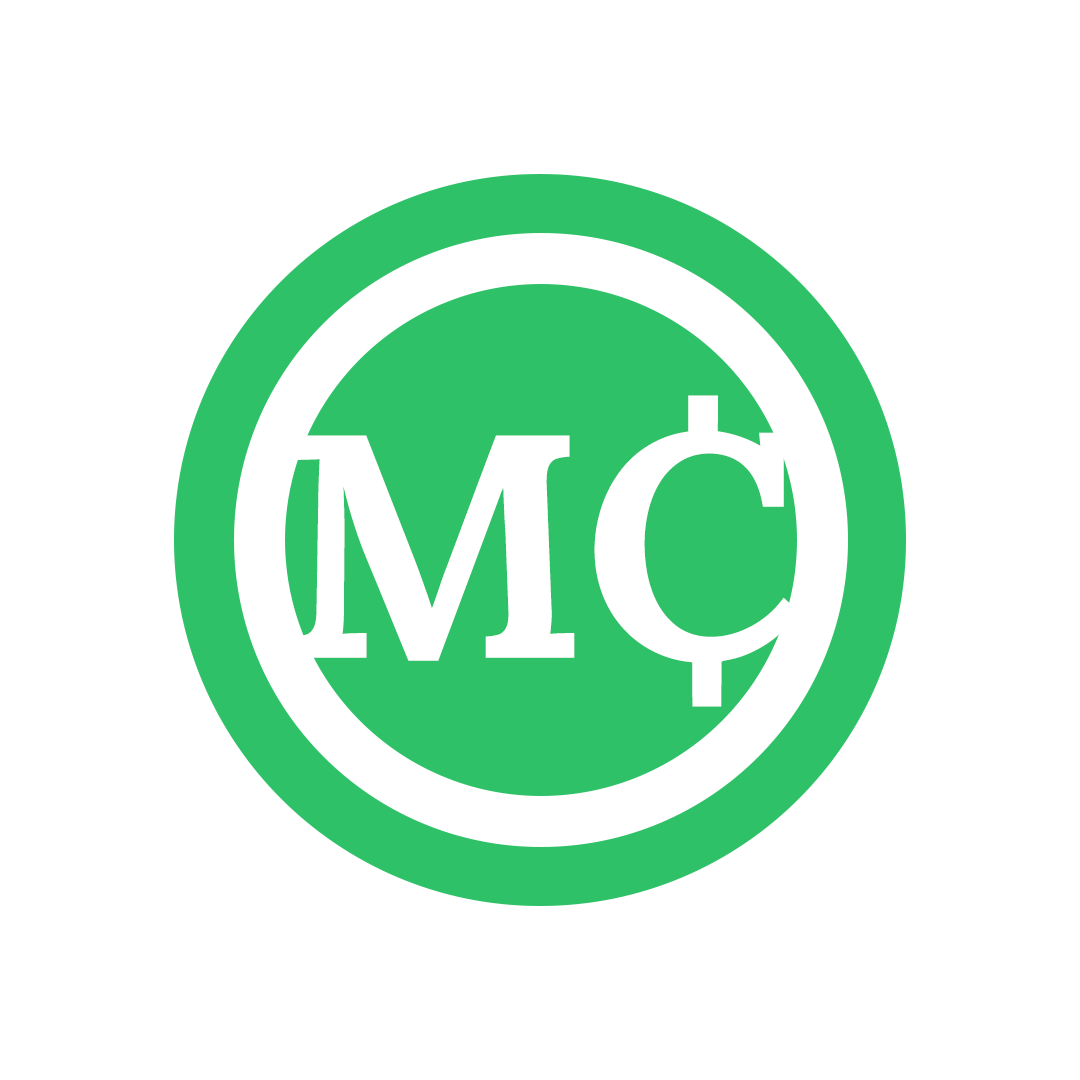Anúncios
como crescer na carreira começa com uma visão clara das habilidades que os empregadores valorizam hoje e um plano prático que você pode realmente seguir.
Dominar uma nova habilidade técnica e uma habilidade humana pode mudar seu caminho até 2025? Os empregadores agora privilegiam habilidades comprovadas — IA, dados, segurança cibernética — e pontos fortes como criatividade e resiliência. Essa mudança significa que você pode transformar projetos e cursos reais em resultados visíveis sem esperar por uma mudança de cargo.
Este guia apresenta ações passo a passo: definir expectativas com seu gerente, participar de projetos multifuncionais, utilizar mentores e entrevistas informativas e escolher o caminho de aprendizagem certo — desde Coursera e Certificados do Google até diplomas avançados. Não prometemos promoções garantidas, mas mostraremos o que funciona consistentemente em todas as funções e empresas.
Próximo, você receberá uma lista clara de táticas e um plano trimestral simples para monitorar o progresso, transformar trabalhos de curso em peças de portfólio e revelar oportunidades ocultas dentro e fora da sua empresa.
Comece aqui: por que o crescimento profissional é importante no ambiente de trabalho atual
Comece com uma imagem clara: Suas mudanças de carreira agora dependem mais de desenvolvimento contínuo do que de um cargo. Empregadores em muitos setores preferem habilidades comprovadas a credenciais tradicionais. Essa mudança significa que você precisa demonstrar resultados mensuráveis em projetos, portfólios ou certificações.
Contratação baseada em habilidades e aprendizagem ao longo da vida
Consultores de escolas de negócios alertam que conquistas passadas não garantem sucesso futuro. David López, da Esade, enfatiza a aprendizagem ao longo da vida, à medida que as empresas mudam modelos e ferramentas. Os recrutadores avaliam as habilidades que você pode demonstrar, portanto, programas de curta duração e trabalho prático são mais importantes do que nunca.
IA, automação e habilidades técnicas e humanas
Tanya Forrest destaca que a automação remodelará muitos empregos. Isso torna a qualificação técnica essencial, juntamente com habilidades humanas como colaboração e construção de confiança em equipes híbridas. O Fórum Econômico Mundial aponta para a demanda por tecnologias emergentes e pensamento criativo em conjunto.
Como é o crescimento em diferentes funções
Na prática, crescimento pode significar maior alcance na sua função atual, um aumento de responsabilidade ou uma transferência lateral para uma função adjacente, onde suas habilidades são transferíveis. As empresas utilizam programas internos e expectativas claras para mensurar o progresso. Alinhar o aprendizado com resultados visíveis ajuda você a ser notado.
- Reconheça que o crescimento é uma meta móvel impulsionada por mudanças tecnológicas e de clientes.
- Mostre impacto com projetos e resultados mensuráveis em vez de títulos.
- Equilibre habilidades técnicas e humanas para permanecer relevante em todo o setor.
Como crescer na carreira: um plano simples que você pode seguir
Comece com um plano curto e prático que mapeie seus pontos fortes às necessidades reais da equipe. Escolha um propósito claro. Vincule-o aos valores do seu gerente. Isso mantém seus objetivos motivadores e o foco no trabalho.
Estabeleça metas orientadas por propósito que estejam alinhadas com seus pontos fortes
Escolha de 1 a 2 metas para o próximo trimestre. Torne-as específicas e mensuráveis. Combine-as com as principais prioridades do seu gerente.
Experimente o exercício Hyatt: Escreva as expectativas do seu gerente em uma coluna. Na segunda coluna, liste maneiras criativas de superar cada uma delas. Pense em qualidade, rapidez ou serviço.
Crie um roteiro trimestral com marcos claros
Crie um roteiro simples com marcos mensais, ações semanais e um breve ritual diário. Adicione um marco de aprendizagem, como um curso de curta duração ou um projeto prático.
- Defina verificações de desempenho quinzenais para compartilhar o progresso.
- Adicione um marco no relacionamento: uma entrevista informativa ou um ponto de contato com um mentor.
- Defina um artefato visível — um memorando, painel ou demonstração — que mostre seu impacto.
Escreva um plano de uma página. Mantenha tudo em uma única tela. Trate o plano como um processo vivo e faça ajustes semanais. Os resultados variam de acordo com a pessoa e o contexto, mas esse processo mantém você em movimento.
Audite suas habilidades para encontrar lacunas e oportunidades
Uma auditoria rápida de habilidades fornece um mapa claro dos pontos fortes e das lacunas que vale a pena corrigir. Use perfis públicos, feedback e dados de mercado para tornar a auditoria prática e visível.
Use currículos, LinkedIn, avaliações e anúncios de emprego para fazer benchmarking
Liste as habilidades que você usa diariamente, mensalmente e trimestralmente do seu currículo, LinkedIn, avaliações de desempenho e feedback das partes interessadas.
Em seguida, compare essa lista com três vagas de emprego que você gostaria de ter. Anote palavras-chave recorrentes e ferramentas ou certificações necessárias.
Mapeie suas habilidades atuais para funções em demanda em seu setor
Crie uma tabela de duas colunas: pontos fortes atuais à esquerda e novas habilidades à direita.
Priorize habilidades transferíveis, como análise, comunicação e gerenciamento de partes interessadas, que podem ser aplicadas entre equipes e cargos.
Priorizar lacunas relacionadas a tecnologias emergentes e habilidades inteligentes
Identifique lacunas em IA, ferramentas de dados ou segurança cibernética básica e marque habilidades inteligentes como pensamento criativo e resiliência.
Escolha um curso ou projeto aplicado por lacuna do LinkedIn Learning, Coursera ou outros recursos.
Exemplo real: traduzir o trabalho de sala de aula ou de projeto em tópicos prontos para currículo
Converta um projeto de aula em um projeto focado em resultados. Exemplo:
- Criei um script Python que reduziu o tempo de relatório mensal em 40% e melhorou a precisão dos dados para uma equipe de 5 pessoas.
Reúna evidências — painéis, trechos de código, slides — e escolha uma pequena tarefa no local de trabalho neste mês, na qual você pratica a habilidade e mostra os resultados.
Aprimore-se de forma mais inteligente: caminhos de aprendizagem, certificações e diplomas
Combine suas escolhas de treinamento com resultados mensuráveis no trabalho e cronogramas realistas. Cursos de curta duração e diplomas completos têm compensações claras em termos de custo, tempo, profundidade e reconhecimento. Decida qual se adapta à sua função atual e fase da vida.
Cursos de curta duração e certificações
Escolha programas rápidos quando precisar de habilidades específicas. Plataformas como Coursera, edX, Google Career Certificates, LinkedIn Learning e Udacity oferecem conteúdo prático. Custam menos e se adaptam a uma agenda apertada.
Quando um diploma faz sentido
Um MBA ou mestrado oferece amplitude estratégica, exposição à liderança e maior reconhecimento por parte do empregador. Espere custos mais altos e um comprometimento mais longo. Escolha entre período integral ou parcial com base no custo de oportunidade e nas necessidades da vida.
Crie uma pilha de aprendizagem combinada
Use um MOOC para aprendizado de conceitos, um projeto prático no trabalho para prática e uma certificação para validação externa. Salve artefatos em um portfólio, GitHub ou página do Notion para que os gerentes de contratação vejam resultados reais.
Dica profissional
Documente os resultados, não apenas a conclusão. Acompanhe os marcos trimestrais de desenvolvimento e vincule cada escolha de aprendizado a um resultado de crescimento claro que comprove o sucesso no trabalho.
Mentoria, entrevistas informativas e redes que abrem portas
Conexões significativas transformam conversas tranquilas em oportunidades reais. Comece com uma mensagem de divulgação clara e sem pressão e uma agenda curta que respeite o tempo.
Solicite um bate-papo informativo
Experimente este roteiro simples: “Olá, [Nome], admiro seu trabalho na [organização]. Você poderia me dar 20 minutos para uma rápida ligação sobre sua experiência e uma dica de contratação? Serei breve.”
Estruture a reunião de 20 a 30 minutos
- Introdução e contexto de 1 a 2 minutos.
- 10 minutos: perguntas sobre desafios e habilidades essenciais que importam.
- 5 minutos: peça para um recurso e uma pessoa se reunirem.
- Finalizar: confirmar o próximo pequeno passo e obrigado.
Transforme conversas em mentoria
Após conversas úteis, agradeça e atualize o que foi dito após aplicar os conselhos. Proponha uma cadência leve — talvez um check-in de 30 minutos a cada dois meses. Ofereça valor: resumos, links ou notas rápidas sobre o projeto.
- Use grupos de ex-alunos, eventos e comunidades on-line para ampliar seu alcance.
- Mantenha registros de conversas e itens de ação para melhor acompanhamento do desenvolvimento.
- Seja confiável: apareça, prepare-se e proteja os limites para que a mentoria dure.
Avance dentro da sua organização: expectativas, projetos e visibilidade
O progresso dentro de uma organização começa com uma conversa curta e honesta sobre o que é sucesso. Sente-se com seu chefe e pergunte: “Quais são suas expectativas em relação ao meu papel?” Registre esses pontos por escrito e concorde com métricas simples de desempenho.
Esclareça as expectativas da função e depois as supere. Use uma nota de duas colunas: liste cada expectativa e adicione duas ações práticas de superação — velocidade, qualidade ou serviço. Compartilhe a lista e peça um ajuste para que fique claro.

Seja voluntário em projetos multifuncionais
Escolha um projeto que toque nas prioridades de outra equipe. Essa exposição cria contexto e cria aliados em toda a empresa.
Trabalhe além do seu cargo
Busque rotações, destacamentos ou iniciativas especiais que ampliem o discernimento entre as funções, sem deixar de entregar as tarefas principais. Esses caminhos aceleram a liderança e o avanço.
Treinamento de gerentes e programas internos
Pergunte sobre treinamentos para gestores e programas internos que apoiem o desenvolvimento. Crie artefatos — uma demonstração, um painel ou um memorando — que tornem seu impacto visível.
- Agende uma breve reunião para confirmar as expectativas e as métricas de sucesso.
- Projetar dois movimentos superiores à expectativa usando a abordagem Hyatt.
- Solicite feedback com antecedência e crie uma coalizão de colegas que possam garantir seu trabalho.
Crie impulso no trabalho: desempenho, tempo e propósito
O progresso real no trabalho vem de ritmos claros que protegem seu tempo e geram resultados visíveis. Comece aos poucos: uma entrega confiável gera confiança, e a confiança abre espaço para tarefas maiores. Mantenha as decisões simples e orientadas por um propósito para que seu esforço seja recompensado.
Entregue de forma confiável: respeite o tempo e os recursos
Proteja seu calendário. Reserve horários específicos para trabalho profundo e períodos curtos para revisões. Quando prometer uma data, cumpra-a — a consistência supera o brilhantismo ocasional.
Planeje com antecedência, agrupe tarefas semelhantes e minimize o retrabalho. Use modelos e pequenas automações para acelerar etapas rotineiras. Solicite aprovações com antecedência para que as decisões não atrapalhem o andamento.
Escolha metas ambiciosas que se conectem ao seu propósito
Escolha uma meta ambiciosa significativa a cada trimestre que esteja relacionada ao seu propósito. Divida-a em entregas semanais para que as partes interessadas possam ver um progresso constante.
- Capture lições após cada projeto e transforme-as em execuções mais rápidas na próxima vez.
- Peça feedback enquanto o trabalho estiver em andamento para evitar que pequenos problemas aumentem.
- Compartilhe pequenas vitórias regularmente para que outros entendam o valor que você cria.
Medir o sucesso pelos resultados que você entrega e pelos relacionamentos que você fortalece, não pelas horas. Concentre-se novamente no propósito ao decidir o que não fazer e você encontrará caminhos mais claros para o sucesso a longo prazo em sua carreira e crescimento pessoal.
Conclusão
Finalize seu plano com uma promessa simples: faça um progresso constante e visível que sua equipe possa endossar.
Mantenha o desenvolvimento prático. Combine programas, treinamentos e projetos internos com recursos externos para que suas habilidades se mantenham atualizadas e seu trabalho mostre impacto real para a organização e o negócio.
Use as expectativas como bússola e os resultados como prova. Crie um ritmo trimestral curto, documente os resultados e conte com mentores ou coaches profissionais quando precisar de orientação personalizada.
Lembrar: Os resultados dependem de esforço constante, contexto e do seu perfil único. Com passos claros e pessoas que o apoiam, você pode avançar na sua carreira e abrir mais oportunidades no mercado de trabalho.



